10 Causes of Skin Tags
Skin tags, also known as acrochordons, are small, benign growths that typically appear in areas where the skin folds, such as the neck, armpits, and groin. While they are harmless and generally painless, they can be a cosmetic concern for some individuals. In this article, we will explore 10 common causes of skin tags and discuss how they can be prevented or treated.
Friction
Skin tags often develop in areas where the skin rubs against itself or clothing, such as the neck, armpits, and groin. This friction can cause the skin to thicken and form a tag-like growth[[1]].

Advertisement
Obesity
Obesity is a significant risk factor for the development of skin tags. Excess body weight can lead to an increase in skin folds, which can create more opportunities for friction and the formation of skin tags[[2]].
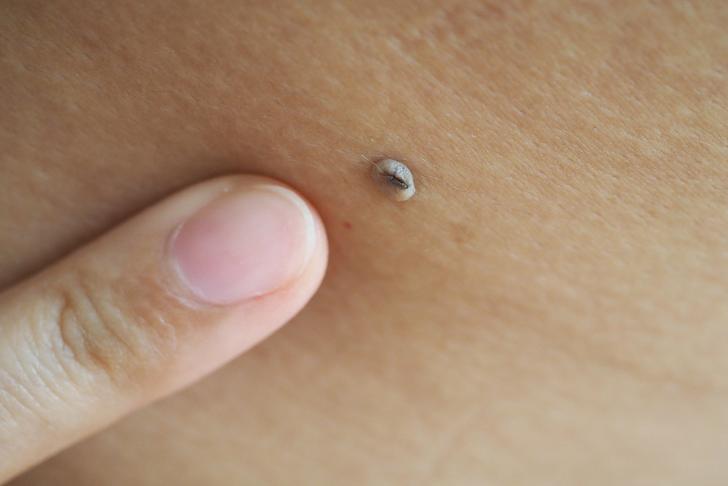
Advertisement
Hormonal Changes
Hormonal changes, such as those experienced during pregnancy, can also contribute to the development of skin tags. These changes can cause an increase in the production of skin cells, leading to the formation of skin tags[[3]].
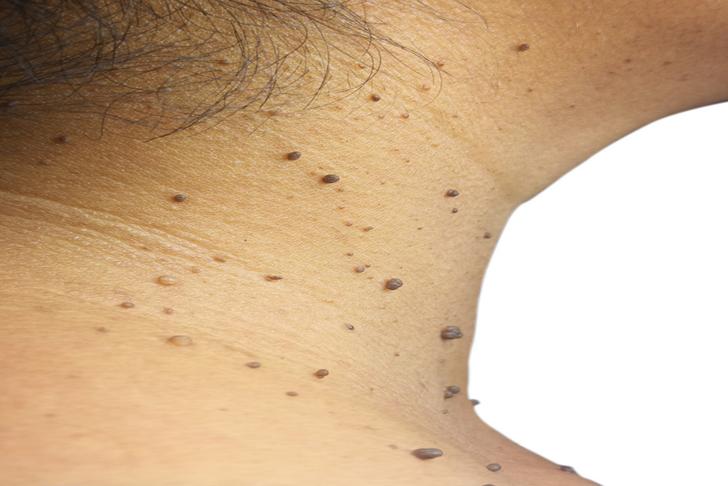
Advertisement
Diabetes
Individuals with diabetes are more likely to develop skin tags. This may be due to the fact that high blood sugar levels can cause changes in the skin, leading to the formation of skin tags[[2]].
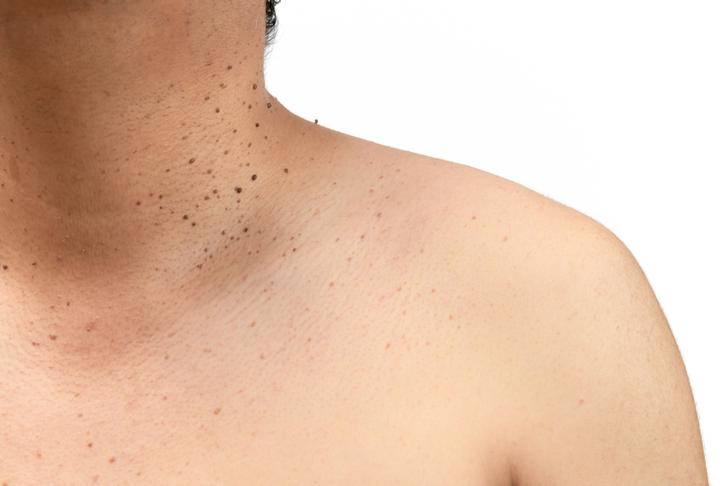
Advertisement
Genetics
Some individuals may be genetically predisposed to developing skin tags. If you have a family history of skin tags, you may be more likely to develop them yourself[[1]].
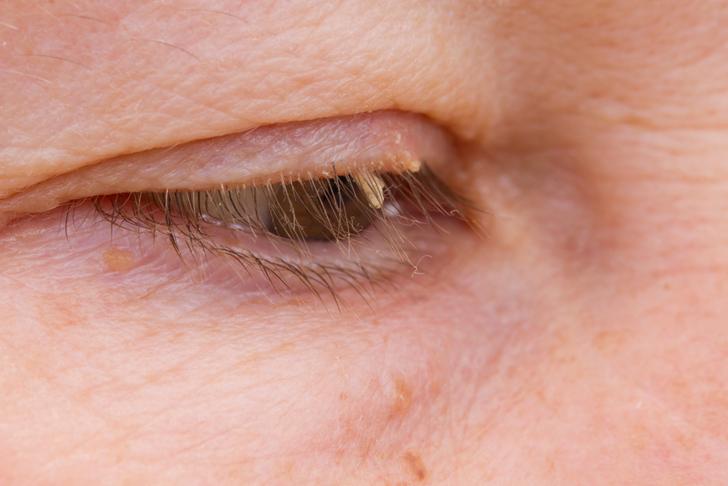
Advertisement
Age
As we age, our skin becomes more prone to developing growths, such as skin tags. This may be due to a decrease in skin elasticity and an increase in skin folds[[2]].
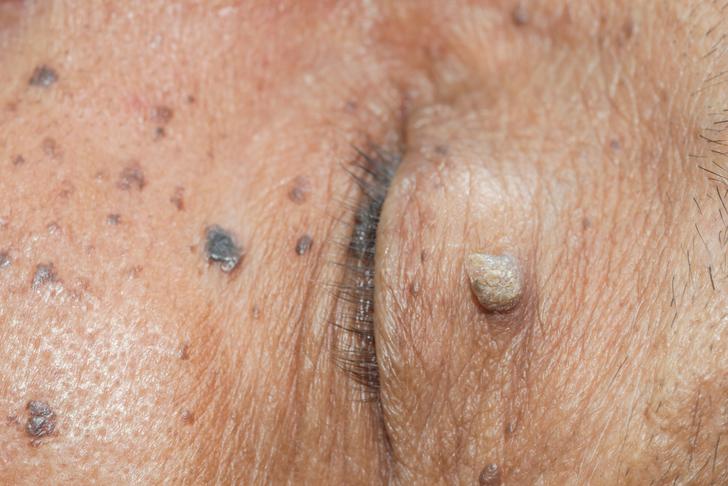
Advertisement
Human Papillomavirus (HPV)
Some studies have suggested a link between human papillomavirus (HPV) and the development of skin tags. However, more research is needed to confirm this connection[[3]].
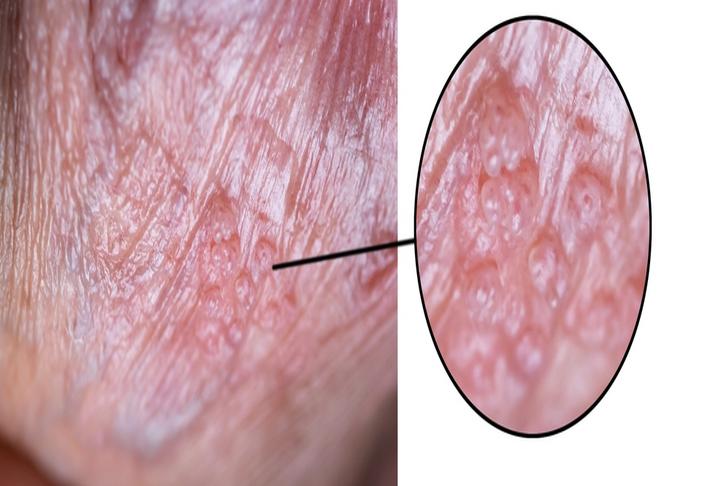
Advertisement
High Blood Pressure
High blood pressure has also been associated with an increased risk of developing skin tags. This may be due to the fact that high blood pressure can cause changes in the skin, leading to the formation of skin tags[[2]].
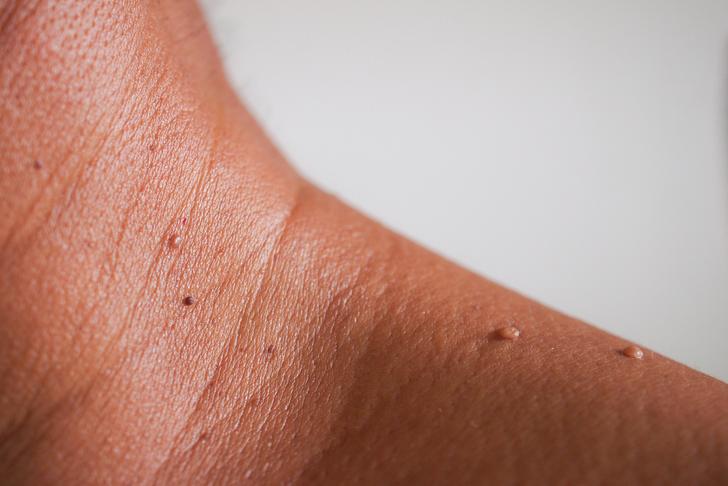
Advertisement
High Cholesterol
Individuals with high cholesterol levels may be more likely to develop skin tags. This may be due to the fact that high cholesterol can cause changes in the skin, leading to the formation of skin tags[[2]].
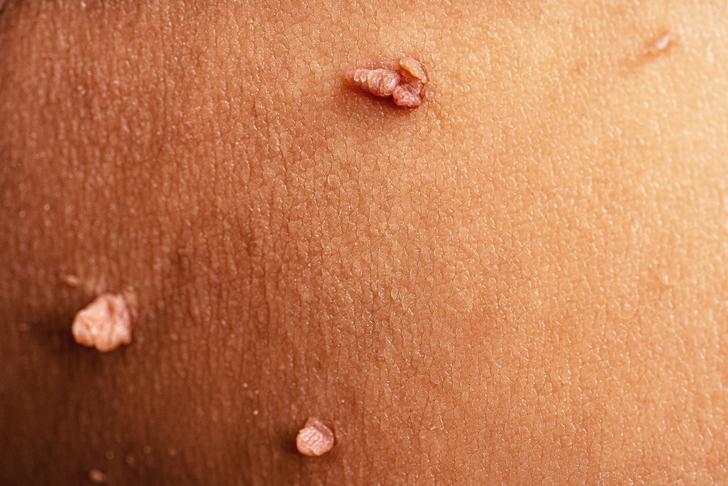
Advertisement
Skin Irritation
Skin irritation, such as that caused by shaving or the use of harsh soaps, can also contribute to the development of skin tags. This irritation can cause the skin to thicken and form a tag-like growth[[1]].
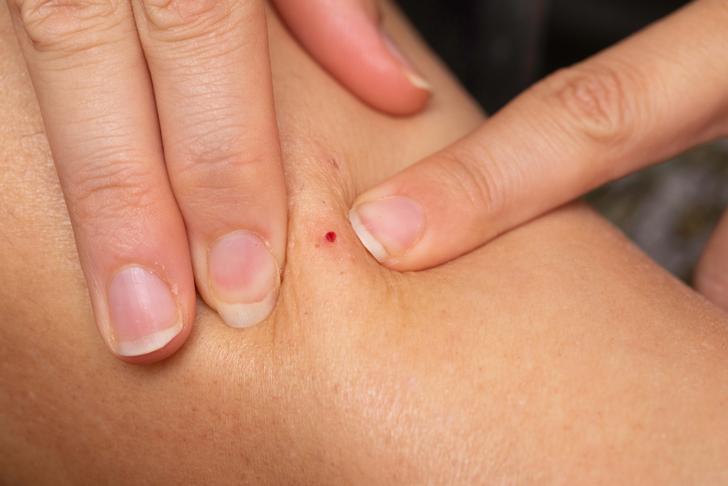
Advertisement
Symptoms
Skin tags symptoms are:
Small, flesh-colored, or slightly darker growths on the skin.
Soft and flexible texture.
Typically painless but may occasionally become irritated or snagged on clothing or jewelry.
It may vary in size from a few millimeters to a few centimeters.
Advertisement
Treatments
There are several options for treatment of skin tags as shown below:
No treatment: If skin tags are not causing discomfort or affecting your daily life, you may leave them untreated. They are generally harmless and benign.
Home remedies: Some people may use over-the-counter topical treatments, such as creams or ointments containing ingredients like tea tree oil or apple cider vinegar, to attempt to remove skin tags at home. However, the effectiveness of these remedies is not scientifically proven, and caution should be exercised to avoid irritation or infection.
Medical procedures: Skin tags can be easily and safely removed by healthcare professionals through several procedures:
- Cauterization or burning: Using heat to remove the skin tag.
- Cryotherapy: Freeze the skin tag with liquid nitrogen.
- Ligation: Cutting off the blood supply to the skin tag by tying it off with a thread or surgical suture.
- Excision: Surgical removal of the skin tag with a scalpel or scissors.
- Electrosurgery: Using a high-frequency electric current to remove the skin tag.
Seeking professional help: It is recommended to consult with a dermatologist or healthcare provider for proper evaluation, diagnosis, and treatment of skin tags. They can determine the best approach for removal based on the size, location, and number of skin tags.
Advertisement
Conclusion
To summarize, skin tags are common harmless growths attributed to various causes, such as friction, hormonal changes, or certain medical conditions. While they are generally not a cause for concern, some individuals may choose to have them removed for cosmetic reasons or if they cause discomfort in sensitive areas.
It’s important to exercise caution when considering home remedies for skin tag removal, as they can carry risks of infection, scarring, or other complications. Seeking professional guidance from a dermatologist or healthcare provider is recommended, especially for large skin tags, those causing discomfort, or when they are located in sensitive areas.
Professional removal options include cauterization, cryotherapy, ligation, excision, or electrosurgery. These procedures are generally safe and effective when performed by trained healthcare professionals. Consulting with a dermatologist allows for proper evaluation, diagnosis, and selecting the most appropriate treatment approach based on individual circumstances.
Ultimately, removing skin tags is a personal choice, and professional guidance can help individuals make informed decisions. By discussing concerns with a healthcare provider, individuals can receive the necessary information and guidance to address skin tags safely and effectively.

Advertisement





